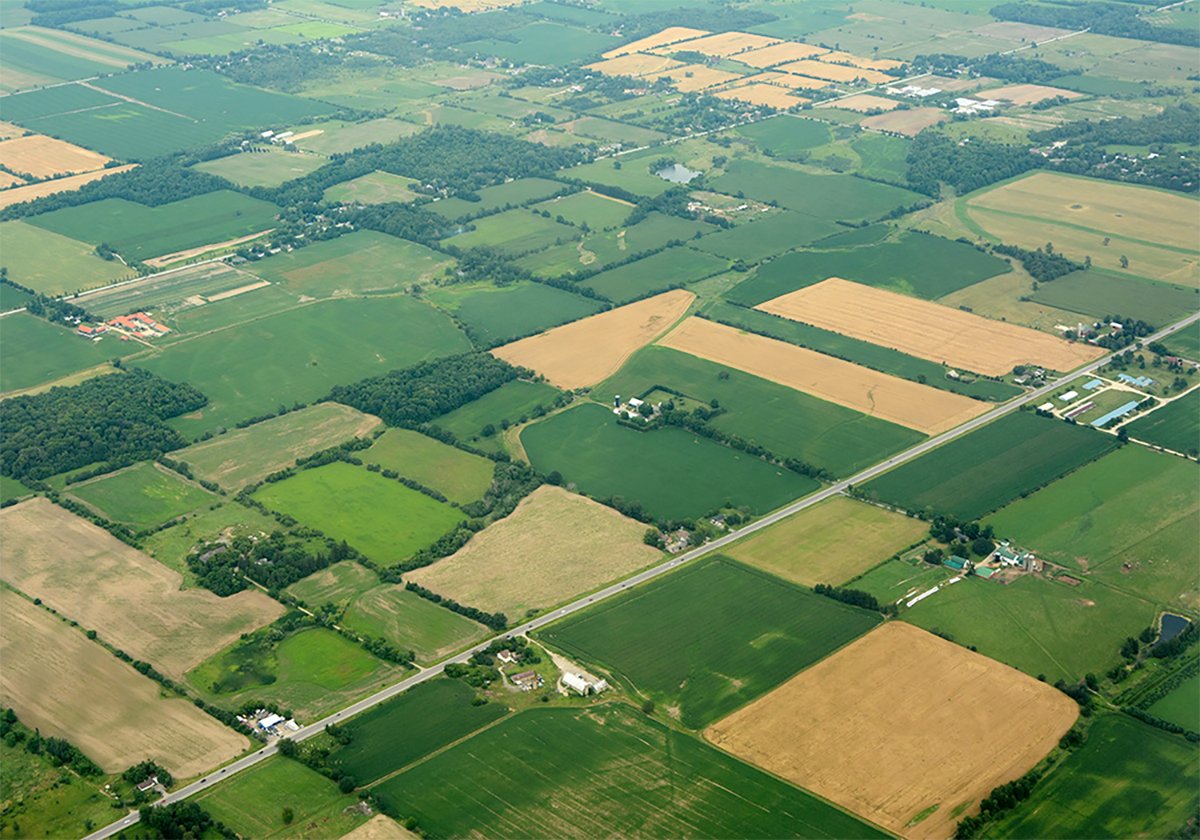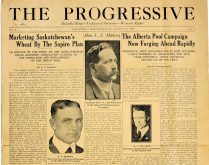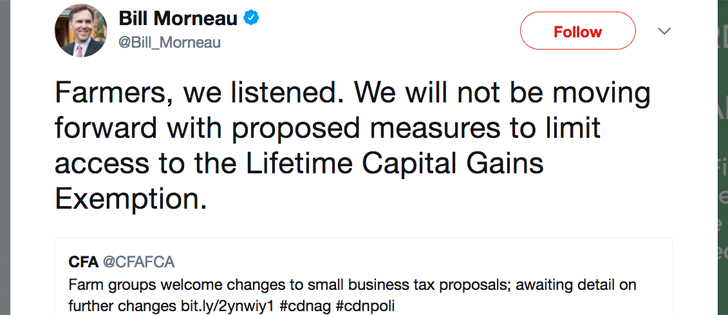More market analysis is available than ever before. Some of it needs to be paid for, but lots of it is free.
The world has become smaller as communication becomes better, but there are still more surprises and unanswered questions than ever.
No one accurately predicted the big run-up we’ve seen in durum and lentil prices.
Yes, the terrible harvest weather and the massive downgrading of quality was a surprise no one could have anticipated. The top two grades are in short supply, which goes a long way to explaining why high quality durum and lentils are selling at the top of their historical price ranges.
Read Also

Higher farmland taxes for investors could solve two problems
The highest education and health care land tax would be for landlords, including investment companies, with no family ties to the land.
However, low quality durum and lentils have also been dragged dramatically higher. No. 3 quality of both grains is worth more than what top quality product was worth in the summer.
How do we explain this development? More importantly, why didn’t market analysts see it coming?
Durum has not only re-established a premium over spring wheat but has eclipsed it. The crop is scarcely profitable this year when considering average grades and production, while durum will be among the most profitable crops for anyone who is able to grow half decent quality.
Crops aren’t the only sector where predictions have been suspect. Most market analysts never imagined that cattle prices could climb to the record high levels we’ve seen in recent months.
Conventional wisdom was that North American consumers wouldn’t pay such high prices for beef. Demand would drop off as hamburger and steak became more expensive, and that would cap the price of slaughter animals, thereby capping the price of feeder animals.
Instead, consumer demand has remained strong, partly because of price strength in competing protein sources. As well, feed grain prices have fallen lower than most analysts ever predicted, which has helped support calf prices. Not long ago, analysts were saying the days of $3 a bushel corn were gone forever.
With corn prices depressed, many analysts now predict that American farmers will turn in a major way to soybeans next year. In fact, soybean acreage could be greater than corn acreage next year, which hasn’t happened for decades.
You would think this projection would have nitrogen prices dropping like a rock.
In most years, nitrogen fertilizer is much cheaper in the late summer and fall than it is the following spring. While some analysts are advising farmers to stock up on nitrogen now, others believe the price should drop in the months ahead based on slackening demand.
At least one side or the other will ultimately turn out to be correct, but in the case of durum and lentils, it’s hard to find anyone who had an accurate prediction.
I sit through more market outlook presentations in a year than most people and I have a great deal of respect for the men and women who crunch the numbers and try to make sense of where prices are heading.
But sometimes we don’t see the forest for the trees. We get excited by canola going up $8 a tonne one day and down $10 the next day because moves on the futures market are easy to quantify. While the small fluctuations matter, it’s the major market trends that are really important, and they often get second billing.
Market watching can be addictive, but you can often listen to or read a lot of analysis and wonder what you’ve really learned.















